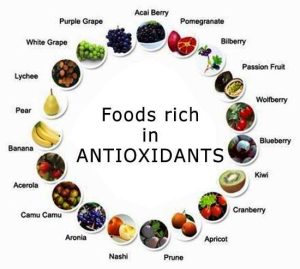Crafting the Perfect Keto Diet Chart: Your Ultimate Guide In the ever-evolving landscape of nutrition, the ketogenic diet stands out as a beacon for those seeking to transform their relationship with food. With its emphasis on low carbohydrates and high healthy fats, the keto lifestyle has captured the hearts—and plates—of millions around the globe. Yet, for many, the journey towards achieving optimal health and wellness through keto can feel overwhelming, with countless food options and dietary restrictions to navigate. That’s where a well-structured keto diet chart comes into play. This comprehensive guide will not only help you understand the principles of this popular dietary approach but also empower you to create a personalized meal plan that aligns with your goals. Whether you’re new to the keto world or looking to refine your existing regimen, join us as we unravel the secrets to crafting the perfect keto diet chart that suits your individual needs, paving the way for a delicious and sustainable journey towards better health.
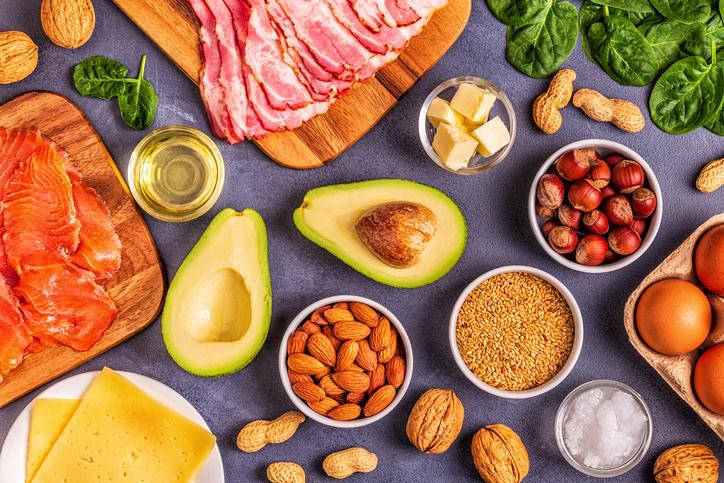
Understanding the Core Principles of the Keto Diet
The ketogenic diet revolves around a systematic reduction of carbohydrate intake while significantly increasing fats, pushing your body into a metabolic state known as ketosis. In this state, the body becomes highly efficient at burning fat for energy rather than carbohydrates. To fully grasp the mechanisms behind this diet, it’s essential to understand its core principles, which stem from the need for macronutrient balance. Key components include:
- Low Carbohydrate Intake: Typically under 20-50 grams per day to deplete glycogen stores.
- High Fat Consumption: Constituting about 70-75% of total daily calories, focusing on healthy fats.
- Moderate Protein: Around 20-25% of daily intake, enough to maintain muscle without excess that could convert to glucose.
Understanding these core principles helps in crafting a personalized keto diet chart that aligns with individual health goals and preferences. As you conceptualize your chart, consider the importance of incorporating nutrient-dense foods that maximize the benefits of this low-carb strategy. A useful reference might include a simple breakdown of food categories, showcasing recommended items:
| Food Category | Examples |
|---|---|
| Healthy Fats | Avocados, olive oil, coconut oil |
| Proteins | Grass-fed beef, chicken, tofu |
| Low-Carb Veggies | Spinach, kale, zucchini |
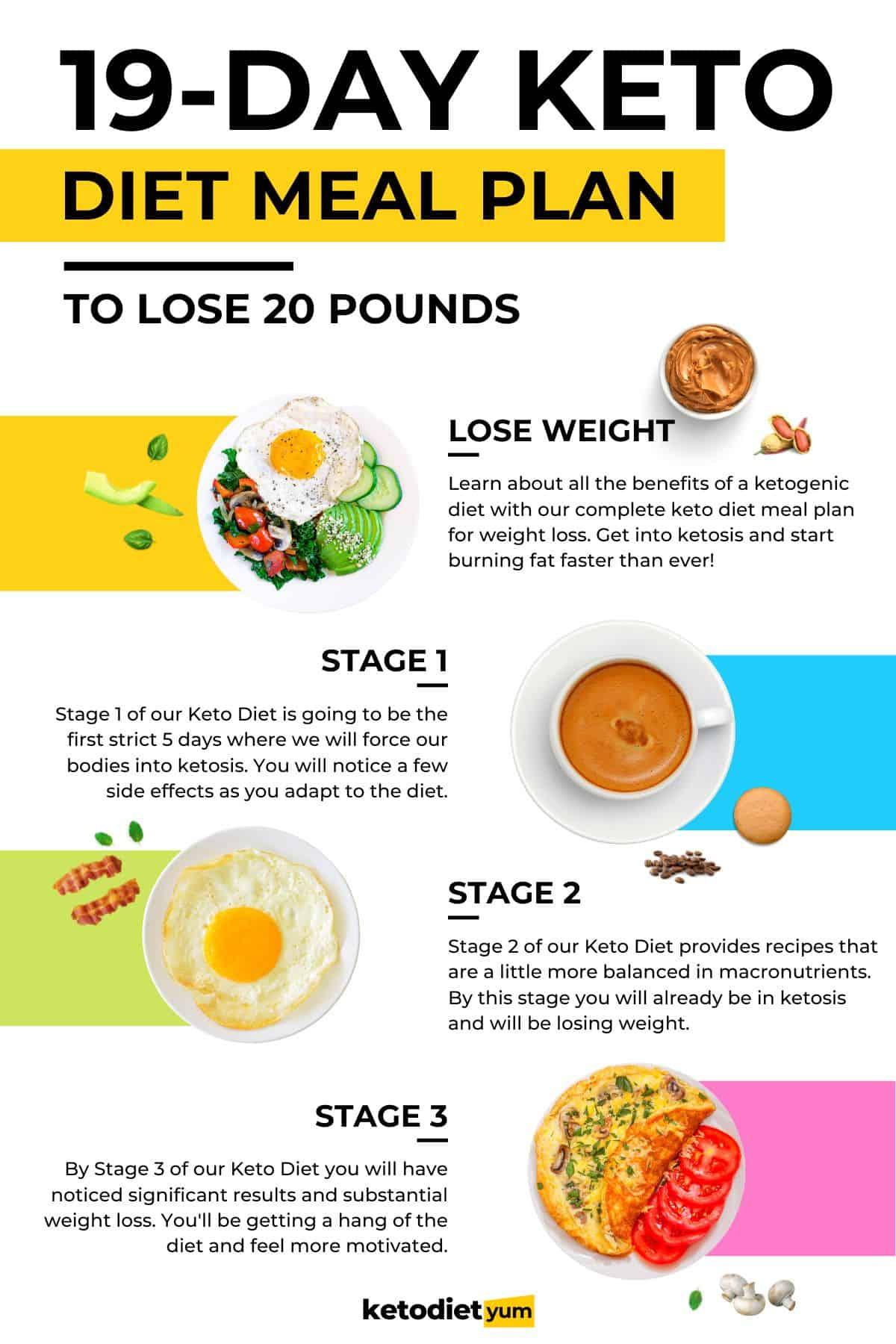
Essential Foods for Your Keto Diet Grocery List
One of the most pivotal aspects of successfully adhering to a ketogenic diet lies in effective grocery shopping. To simplify your shopping experience, focus on vibrant, nutrient-dense foods that align with your dietary needs. Start by populating your cart with quality proteins. Consider including options such as:
- Grass-fed beef
- Free-range chicken
- Wild-caught fish
- Pastured eggs
Next, make sure to stock up on healthy fats, which are essential for maintaining ketosis. Avocados, coconut oil, and olive oil should become staples in your kitchen. Additionally, don’t forget to include low-carb vegetables that are packed with fiber and micronutrients to support your body. Here’s a quick reference list for your shopping cart:
- Leafy greens (spinach, kale)
- Cruciferous veggies (broccoli, cauliflower)
- Zucchini and other squash
- Bell peppers
For a comprehensive look at essential items to consider, refer to the table below:
| Food Category | Examples |
|---|---|
| Proteins | Grass-fed beef, Wild-caught salmon |
| Fats | Avocado oil, Ghee |
| Veggies | Asparagus, Brussels sprouts |
| Dairy | Heavy cream, Goat cheese |
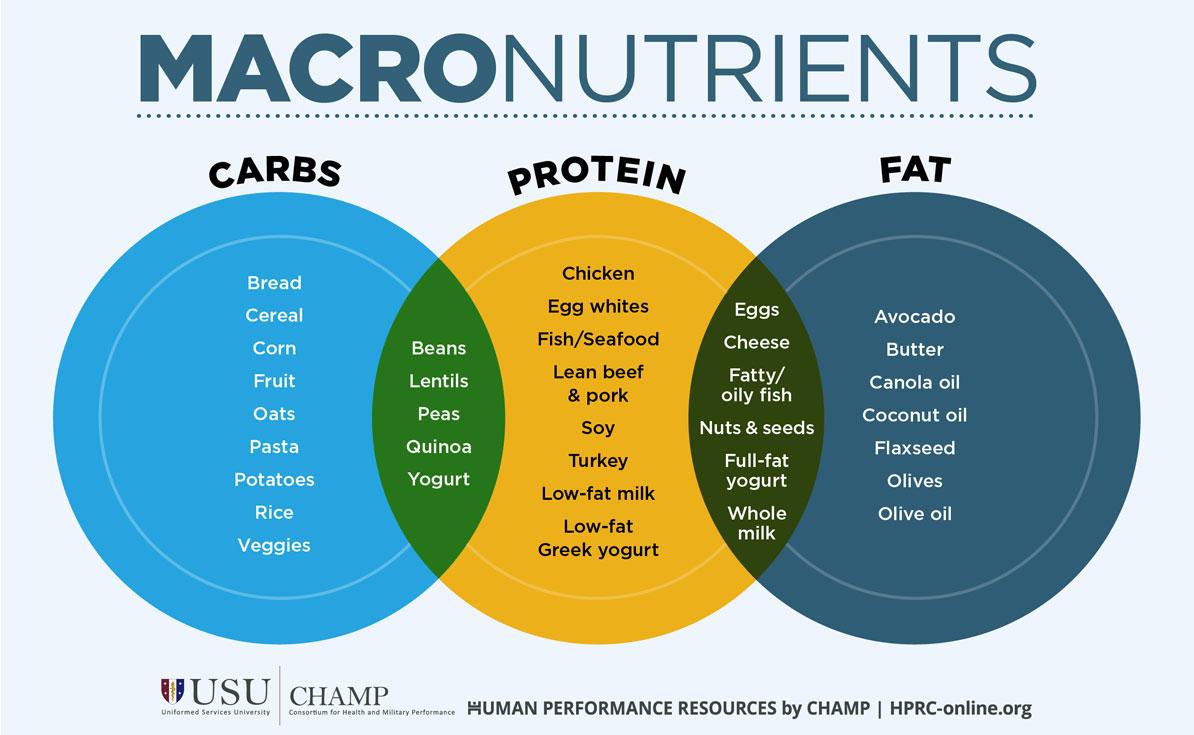
Balancing Macronutrients: Building Your Ideal Keto Chart
Successful adherence to a ketogenic diet hinges on effectively balancing your macronutrients: fats, proteins, and carbohydrates. This dynamic trio plays a vital role in achieving and maintaining ketosis, the metabolic state where your body burns fat for fuel instead of carbohydrates. A well-structured keto chart helps ensure you’re consuming the right ratios to meet your dietary goals. To establish your ideal macronutrient distribution, consider the following guidelines:
- Fats: Aim for approximately 70-75% of your daily caloric intake from healthy fats, such as avocados, nuts, seeds, and olive oil.
- Proteins: Target a moderate protein intake, around 20-25%. Options include fatty cuts of meat, fish, eggs, and high-quality dairy products.
- Carbohydrates: Limit your carbs to about 5-10%, focusing on non-starchy vegetables like leafy greens, broccoli, and cauliflower.
To visualize these macronutrient goals clearly, creating a keto chart can prove beneficial. Below is a simple representation of how your daily intake might look:
| Macronutrient | Percentage of Daily Intake | Example Foods |
|---|---|---|
| Fats | 70-75% | Avocado, Olive Oil, Nuts |
| Proteins | 20-25% | Chicken, Fish, Eggs |
| Carbohydrates | 5-10% | Leafy Greens, Broccoli, Cauliflower |
Utilizing this framework allows you to tailor your keto journey according to your individual preferences while remaining focused on your overall health objectives. Keep experimenting with ingredients and recipes that work best for your lifestyle, ensuring you stay within your established macronutrient limits.
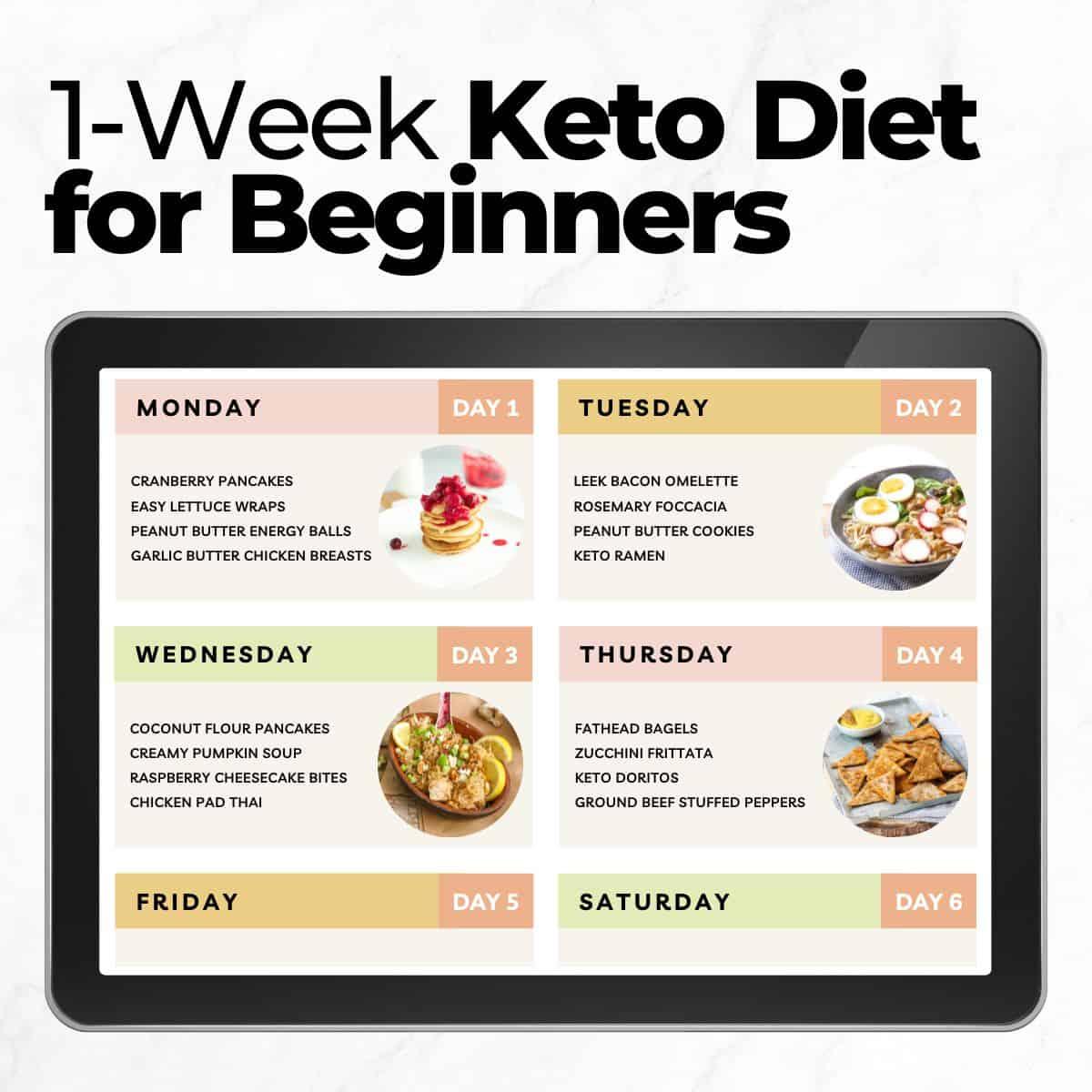
Tips for Meal Planning and Staying on Track with Keto
Meal planning can streamline your approach to the keto diet, ensuring that you have delicious, compliant meals on hand. Start by setting aside a specific day each week for meal prep. This could be a Saturday or Sunday, where you can cook up a variety of keto-friendly recipes and portion them into containers. Focus on bulk cooking; for instance, roast a large tray of vegetables, prepare a big batch of your favorite protein, and whip up a rich, keto-friendly sauce to elevate the flavors. Additionally, keep your pantry stocked with essential keto ingredients like almond flour, coconut oil, and a variety of spices, providing you the flexibility to conjure up meals on the fly.
Another essential aspect of staying on track is creating a flexible meal chart that allows for variety while adhering to your dietary goals. Use easy-to-navigate tables to visualize your meals for the week, categorizing them by breakfast, lunch, dinner, and snacks. Remember to include easy substitutes for those times when cravings strike. For example, if you’re missing bread, utilize lettuce wraps or choose cauliflower rice in place of traditional grains. Here’s a simple template for your meal planning:
| Meal Type | Ideas |
|---|---|
| Breakfast | Egg muffins, avocado smoothie |
| Lunch | Zucchini noodles with pesto, salad with cheese |
| Dinner | Grilled salmon with asparagus, chicken stir-fry |
| Snacks | Cheese crisps, nuts, celery with cream cheese |
In Conclusion
As we wrap up our exploration of crafting the perfect keto diet chart, it’s clear that this journey isn’t just about cutting carbs and counting macros. It’s a personalized adventure tailored to your taste, lifestyle, and wellness goals. With the tools and tips provided in this guide, you’re now equipped to create a chart that fits seamlessly into your daily routine, transforming the way you view food and nourishment. Embrace the art of planning, experiment with new recipes, and allow your creativity to flourish in the kitchen. Remember, the keto diet is not just a fleeting trend—it’s a lifestyle choice that can lead to numerous health benefits when approached thoughtfully. So whether you’re a seasoned keto enthusiast or just starting out, keep refining your diet chart and enjoy the process of discovering what works best for you. Here’s to a healthier, happier you—one delicious meal at a time!




